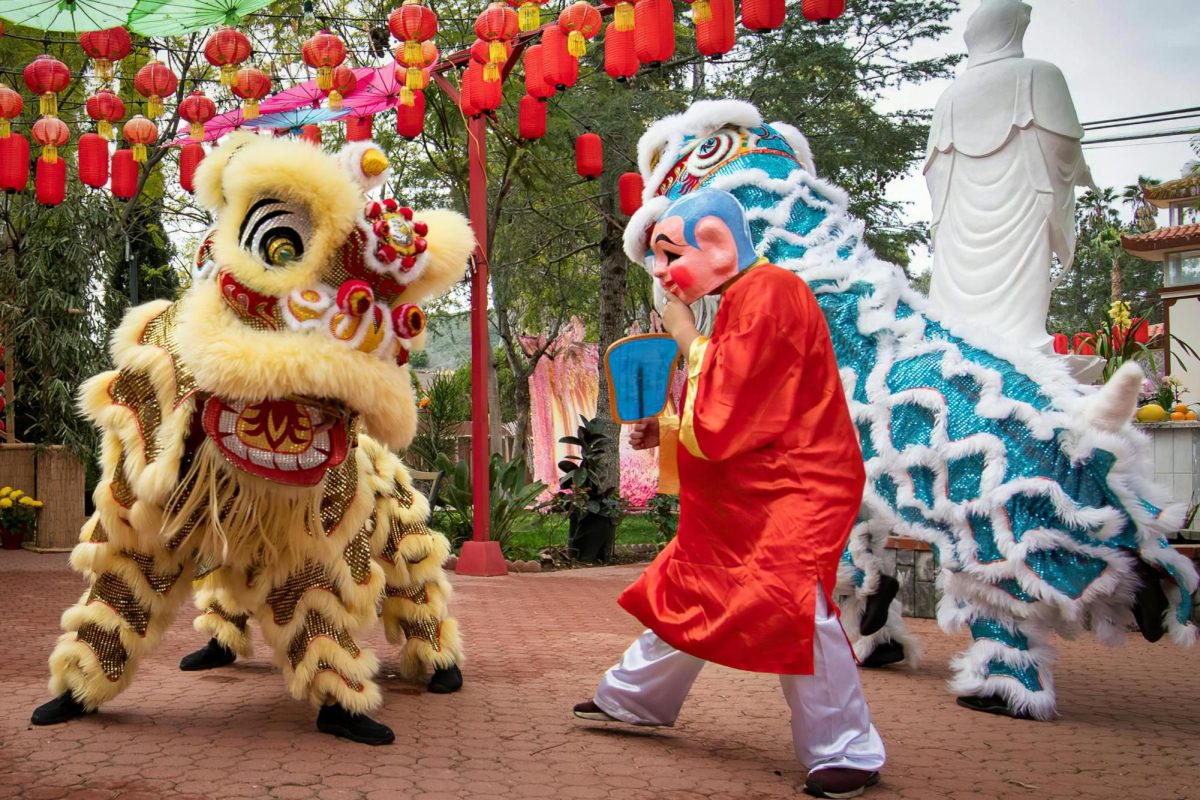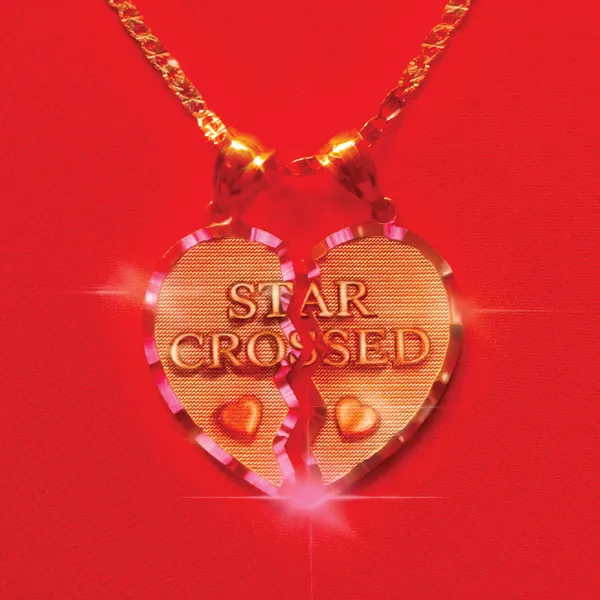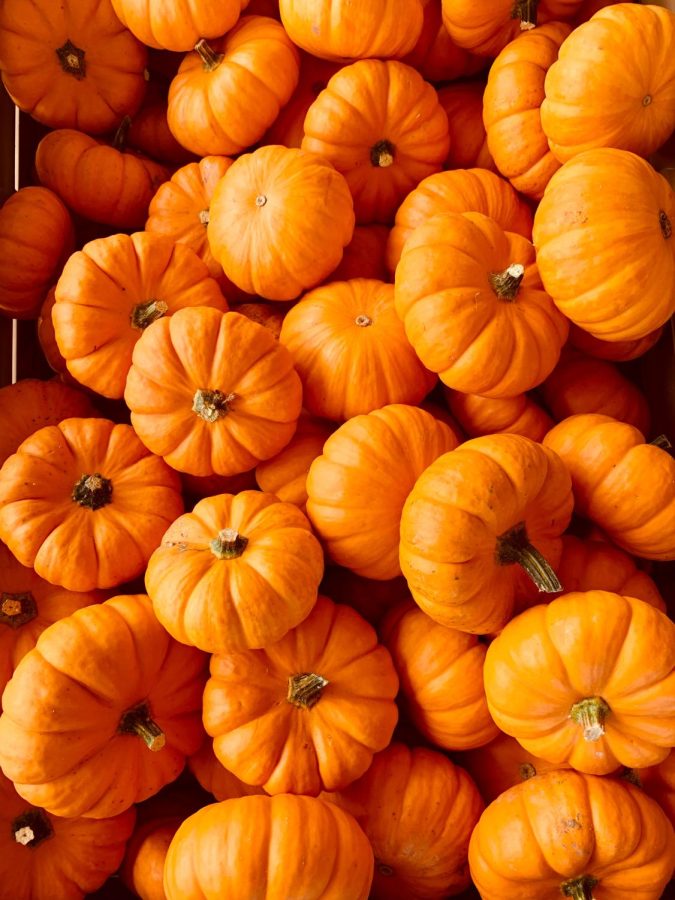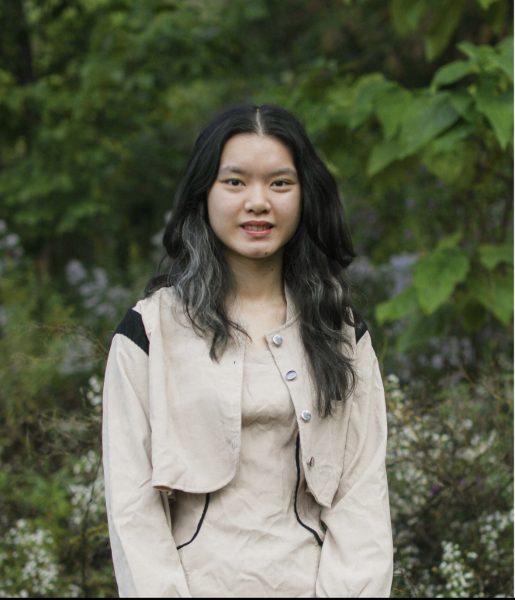Fireworks crackling, water splashing, and incense burning, are just a few celebrations that occur throughout Asia on New Year’s. Unlike America, many countries in Asia have different dates for their New Year’s. In Thailand, there’s Songkran, which occurs in April. In Bali, there is Nyepi, which occurs in March. The Lunar New Year is celebrated in February in Vietnam, South Korea, and China.
The most known of all the Asian New Year is arguably the Lunar New Year. The Lunar New Year follows the lunar calendar, with the holiday falling on February 10 this year. It is primarily celebrated in China, but there are also other countries that celebrate it as well, such as Vietnam.
In Vietnam, the Lunar New Year is referred to as Tết. Tết is the most important festival celebrated there. It is a very cheerful, energetic holiday with many celebrations—one of the biggest being fireworks. Fireworks are a big event that happens in big cities such as Hanoi, Ho Chi Minh City, or Da Nang. In the smaller areas, such as the provinces, firecrackers are set.
Of course, red envelopes are a must to celebrate Tết. Red envelopes in Vietnam are called Lì xì. These are given to the younger people by the elders. They are filled with “lucky money.” One of the exclusive dishes for Tết is called Banh Chung, a sticky square cake filled with mung bean and pork wrapped in banana leaves. This is made to represent Earth and reflect the Vietnamese people’s respect for their ancestors and their land.
There are also various performances that can be seen, such as the lion dance. Lion dances are done by 2 people dressing up in a flashy lion costume. One person controls the head, and the other person controls the tail. They dance to the sound of drums, cymbals, and gongs. These are done all throughout the country to bring good luck and drive away evil spirits.
In Thailand, their new year is called Songkran. Songkran is their most important and biggest annual festival. Thailand runs on a lunisolar Theravada Buddhist calendar. Traditionally, it is celebrated over a span of 3 days starting from the first full moon in April. But in more modern times, it is set annually to start on April 13. Celebrations usually last 3 days, but they can start or end differently depending on the city. Songkran comes from the Sanskrit phrase meaning “passage of the Sun,” which highlights the festival’s main purpose: moving forward in the new year.
One of the most important components of the Songkran festival is water. Symbolically, water is used to signify the washing away of the previous year and starting anew for the new year. There are many rituals that are done for the duration of Songkran. One of which happens on the first day of Songkran, otherwise known as Wan Maha Songkran. They do a water-pouring ceremony called Rod Nam Dum Hua to kick off the festival. In this ritual, young people pour fragrant water into the elder’s palms and ask for their blessings. This is a way of showing respect to the elders. They can also pour water over their shoulders and backs while saying blessings and words of goodwill.
Another celebration that is done with water is the giant water fight. During Songkran, all across towns and streets, people splash water and shoot each other with water guns, raging into an all-out water fight. With loud music blaring in the background, every street becomes a party.
In Bali, their New Year’s Day is called Nyepi. Nyepi follows the Balinese Saka calendar, with the new year falling on March 11. Unlike the lively celebrations done for Songkran, Nyepi is a more meditative holiday. It lasts only 24 hours, but preparations are done 3-4 days before.
During Nyepi, the whole island of Bali goes into what can only be called “lockdown” mode. They turn off all lights, stop all traffic, stop planes from landing or taking off, all shops are to be closed, and all sound and music indoors are to be as quiet as possible. This ensures complete silence and tranquility are instilled throughout the island for meditation. This whole celebration is done to cleanse the island from the previous year’s bad omens and misdeeds, moving forward to a more positive year.
On the day before Nyepi, a ritual called Tawur Kesanga and Caru takes place. Offerings are made in villages, districts, and provinces, ranging from different types of animals such as chickens or goats. Then, during sunset, another ritual called Pengrupukan takes place. During this time, the Balinese walk along the streets of their respective villages holding fire torches and playing the kulkul, a traditional bamboo bell. This parade is followed by the procession of Ogoh-ogoh, a large Balinese paper puppet supposed to represent an evil spirit. After the procession, the Ogoh-ogoh is torched in celebration, symbolizing the cleansing of evilness in life.
















